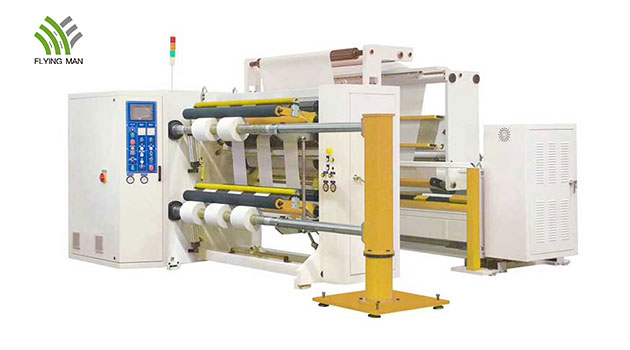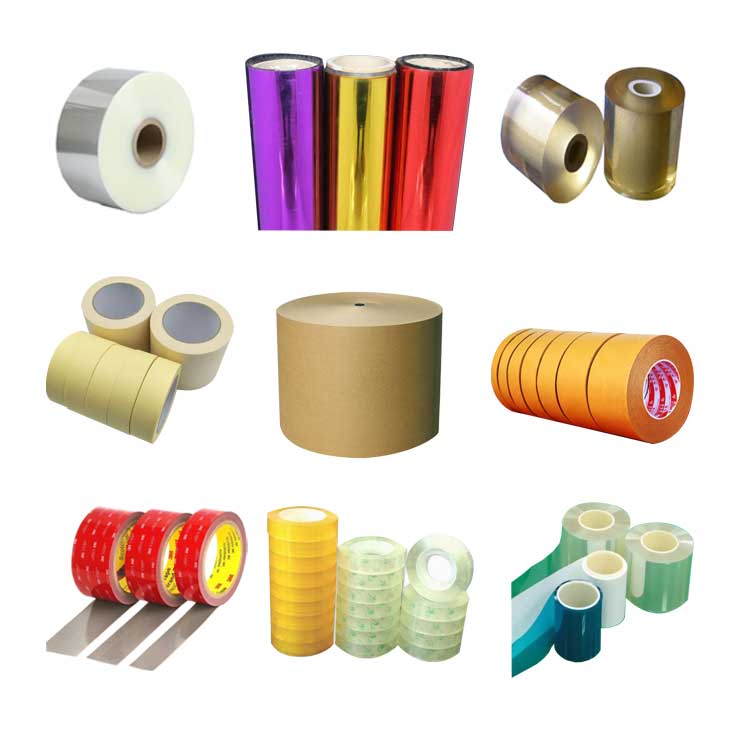Unloading and stopping. After 3s, the workbench automatically returns to zero, waiting for the next loading. During the automatic punching process, if the press/pause button is pressed, the punch and feed table stops working and enters the pause state. When the resume/pause button is pressed again, the punch and feed table can continue to work. In the pause state, press the jog button, the punch clutch is closed once, the punch is punched once, and the workpiece is fed once. In the pause state, the workpiece position can be adjusted by fine-tuning the button. 1.2 Control requirements The system cycles at a fixed step size, so the zero return error is required to be less than 0.3mm. Due to the large mass of the feeding table, the inertia during the movement is large, in order to eliminate the zeroing overshoot error caused by this. The deceleration curve of the table motion should be properly controlled. In order to avoid accidentally stepping on the foot switch and opening the electromagnetic clamp, the foot switch signal should be shielded during the stamping process so that the electromagnetic clamp should be kept normally closed. The material board is finished to complete the process line to avoid mechanical failure such as insufficient lubrication of the lead screw, and increase the self-checking function of the program, that is, let the workbench move in a working cycle before the workpiece is loaded. In the self-test process, if the stepper motor finishes the set number of steps, the trip switch that does not touch the zero point or the end point displays the fault indication, and the hardware of the system needs to be checked. In the interval of 0. 8s between two adjacent stampings, the table should have sufficient feed rate to ensure that the sheet is properly in place before stamping. In order to be able to handle the feed deviations and machine faults that occur during the stamping process, the table can be adjusted via the fine adjustment button after the pause, or the zero button can be used to reset the table to zero. 2 Control system hardware configuration According to the requirements of the system's process flow, control and condition monitoring, select Panasonic FP0/C32T programmable controller as the main controller, FP0/C32T output two pulse signals, driven by stepper motor drive After the device is enlarged, two stepping motors in the horizontal direction and the vertical direction are respectively driven to respectively control the lateral and longitudinal feeding motions of the feeding table; the process lines are as shown. After the completion of the work, the electromagnetic clamp blishiFP0/C2T outputs other state monitoring signals in addition to the switching signals of the relay control electromagnet, electromagnetic clamp and punch clutch. The PLC control system has 16 inputs and 13 outputs. The I/O assignments are shown in Table 1 and Table 2. Table 1 PLC input port definition port signal name port signal name lateral stroke switch end point lateral right fine adjustment longitudinal stroke switch end point start lateral stroke switch zero point self-test longitudinal stroke switch zero point zero point pause / continue longitudinal up fine adjustment punch position detection longitudinal down Fine-tuning the foot switch laterally to the left to fine-tune the punch clutch switch Table 2 PLC output port definition port signal name port signal name X to the motor pulse running light Y to the motor pulse fault light X to the motor direction left indicator Y to the motor direction to the right Light electromagnetic clamp up indicator flash clutch clutch down indicator electromagnetic suction as shown, according to the requirements of the working procedures, the order of control software in time can be divided into zero, waiting, self-test, fault, automatic operation and pause phase They are marked by the PLC internal registers R0R1, R2R5R4R3, respectively. Only one of the flags is allowed to be set to 1 at the same time, and the others are all 0. The various actions first determine whether or not to execute according to the flag at that moment. For example, the electromagnetic clip is allowed to open only when the wait flag is valid. After the control cabinet is powered on, the feeding workbench automatically returns to zero and enters the waiting phase. In the waiting phase, the operator can press the foot switch to perform the loading operation; press the self-check button to perform the self-test. If there is no fault during the self-test, return to the waiting phase. After the workbench is loaded, the system starts to run automatically when the start button is pressed. In the automatic running side, the punch is punched 63 times, and the workpiece is fed in 63 steps, and a piece of material can be punched out. After completing a working cycle, the electromagnetic clamp opens the unloading, and then the workbench automatically returns to zero, waiting for the next loading. The material feed is driven by two stepper motor drives, horizontal and vertical. The control of the stepping motor adopts the open-loop control mode, and each step of the stepping motor is taken one step. The step-by-step diagram of the stepping motor control is shown in the first step. 4 Conclusion The actual use results prove that after the modified flushing machine tool, the feeding PLC control system has the obvious advantages of simple structure, high reliability and convenient maintenance. Because the PLC instruction integrates strong functions, the software structure is simple, the system debugging and parameter modification are convenient, and the debugging time is shortened. At the same time, since the stepping motor adopts an open loop control method, the system design is simplified and the cost is reduced. Through the control of the acceleration and deceleration curve of the stepper motor movement, the zeroing positioning error is within 0.2mm, and the positioning accuracy requirement of 0.3mm is achieved, which satisfies the performance requirements of the automatic punching of the punching machine. (Finish) Automatic Slitting Rewinding Machine
Automatic Slitting Rewinding Machine
Flying Man automatic slitting rewinding machine is a kind of machine which
can cut mica tape, paper and non-woven fabric into two parts, cut the
large-width large rolls of paper, film, non-woven fabric, sticker and label into the narrow width
rolls of materials.
Slitter Rewinder is suitable for slitting and rewinding blank label, paper, sticker, film, fabric, foam, rubber, PVC edge banding, copper /aluminum foil, hook & loop, and all kinds of adhesive tapes roll to roll.
Slitting Rewinding Machine,Jumbo Roll Slitter Rewinder,Paper Slitter Rewinder Machine,Thermal Paper Slitting Rewinding Machine Suzhou Flying Man Assembly Automation Co., Ltd. , https://www.flyingmancuttingmachine.com
